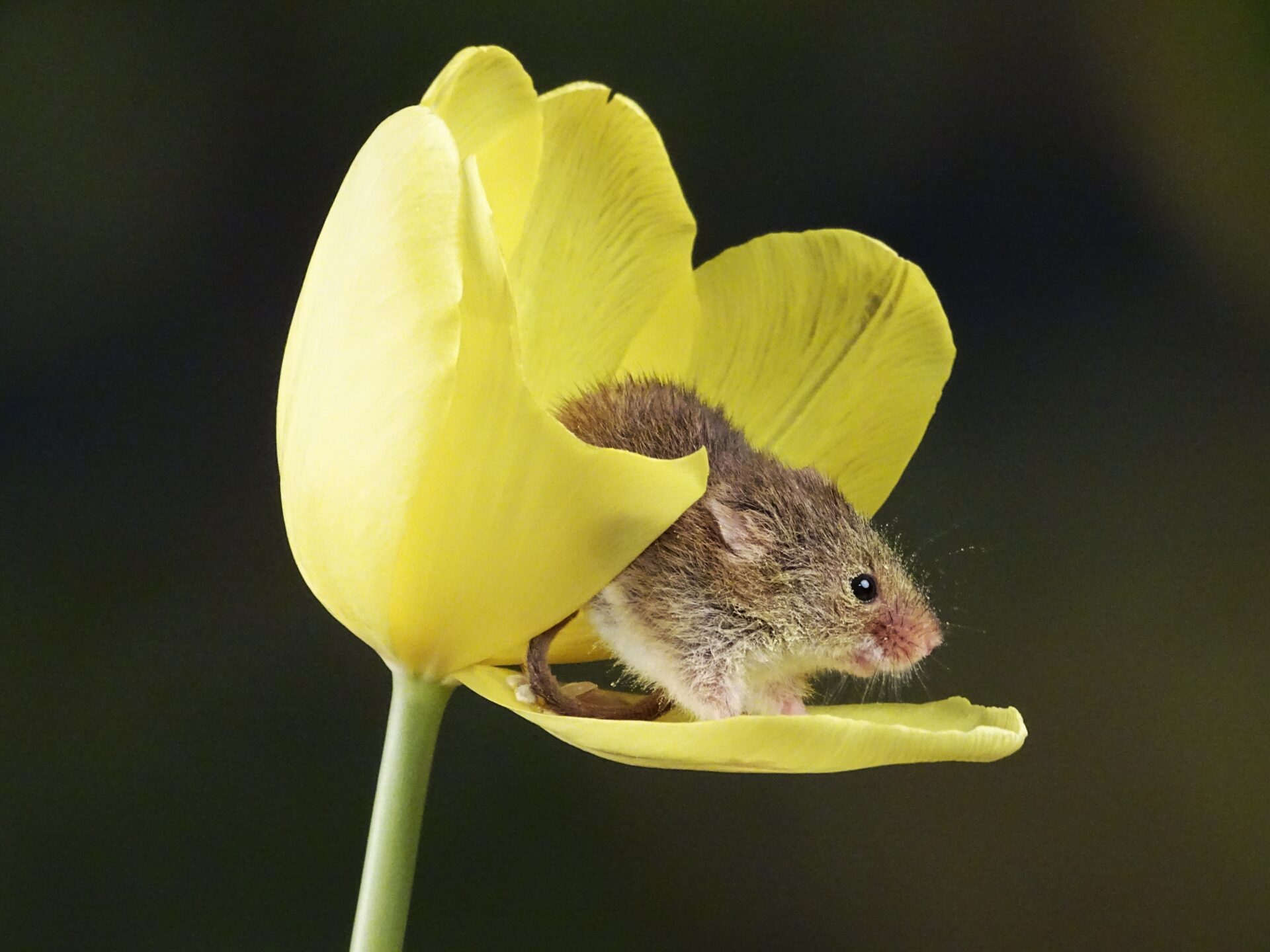
Great Ecology Welcomes Hilary!
June 21, 2023
Great Ecology Welcomes Ayca & Eliana!
June 27, 2023
Unexpected Pollinators
Author: Emily Searles
World Pollinator Week (June 18th-24th) is a great time to celebrate all the creatures and systems that participate in the essential task of pollination. While large bumbling bees are probably the first organism to come to mind and are vital to our ecosystems (#SaveTheBees), they’re only one part of the pollinator party. Realistically, anything that helps carry pollen from the male part of the flower (stamen) to the female part of the same or another flower (stigma) is classified as a pollinator. This means that natural forces such as wind and water can be included in this club. In fact, wind is one of the greatest contributors to pollination, which anyone with seasonal allergies or who has seen yellow pine (Pinus) pollen on top of a lake or pond can attest to. Passing animals, including humans, can also fulfill this role should pollen collect on fur, clothing, or skin to then brush off when passing by other flowers.
There are more reliable pollinators, of course, whose participation in the ecosystem are similarly vital to native bees. Other insects such as beetles, butterflies, moths, wasps, and flies feast on the nectar of flowers in exchange for carrying a little bit of pollen with them to their next stop. The pollen collects wherever it can, whether that’s the feet, wings, or bodies. On larger creatures, the pollen typically attaches to mouths, snouts, and feet. Some of these organisms include mice, bats, and lizards.
The role of rodents as pollinators isn’t as well-known as bees, even though they are just as necessary. The Namaqua Rock Mouse (Aethomys namaquensis), for example, has been photographed snacking on plants in South Africa. In doing so, these mice collect pollen on their snouts, feet, and parts of their bodies to bring along to the next flower, as well as make for an adorable photo op. These photographs reaffirmed that rodents do foster pollination and support the hypothesis that pollination syndromes can be used to make testable predictions about floral trait evolution. Certain plants have evolved physical characteristics to increase the chances of rodent interaction. This is called rodent pollination floral syndrome, which is characterized by visually inconspicuous, bowl-shaped flowers close to the ground, with stiff stamens as well as easily accessible, very viscous nectar and a weak, slightly sourish-nutty scent. Many other plants have evolved to have similar syndromes for bees, butterflies, and even bats.
Though maybe a bit less cute to the average person, bats follow a similar approach to rodents. While it’s busy eating the nectar of cacti and agave (Agave spp.) plants, pollen collects on a bat’s nose, body, and wings. This allows the pollen to travel long distances and reach locations that smaller organisms are unable to. The bat is especially important to the pollination of cocoa (Theobroma cacao), bananas (Musa spp.), mangoes (Mangifera spp.), and eucalyptus (Eucalyptus spp.). Many of these plants rely almost solely on bats to pollinate, which is called chiropterophily.These plants show traits of their own bat pollination syndrome, which includes: being dull white; green, or purple in color; night blooming; and emitting a strong, musty order at night.
Just like bats and mice, lizards are a necessary though perhaps unexpected pollinator, especially on islands. In fact, studies on the impact and role of lizards as pollinators have dominated certain . As other organisms face drastic effects of climate change, lizards have carried the torch of some plant species and allowed them to thrive. While specific pollinator syndromes for lizards haven’t been fully identified yet, I have no doubt that in the years to come they’ll be just as closely watched as bees.
Though World Pollinator Week is wrapping up for this year, I wonder what we can do to celebrate not just the bees, but also the lesser known though vital pollinators in our gardens, public spaces, and natural surroundings. Great Ecology knows the importance of these pollinators, among many others, and has thoughtfully incorporated ways to increase and encourage pollinator habitats into past and future projects.
One example is the NJ Pollinator Habitat Enhancements project in Florham, NJ. Great Ecology was tasked with conducting an ecological evaluation for BASF’s North American Headquarters to identify pollinator habitat opportunities that would meet the Wildlife Habitat Council’s (WHC) Conservation Certificate criteria. Achieving this certificate was the first step in a larger plan for BASF to further enhance pollinator and wildlife habitat at their facilities across the US.
Great Ecology has continued this work on other projects, including the Sanderson Gulch Ecological Design and Restoration project and the Joseph P Martinez Park Master Plan both located in Denver, CO, and many others across the US. Though these projects were not as specifically focused on enhancing pollinator habitats, Great Ecology did keep pollinators in mind when planning and planting, recommending ways to enhance overall ecological functions with bees, birds, and even bats in mind. Read more about our other projects here.

